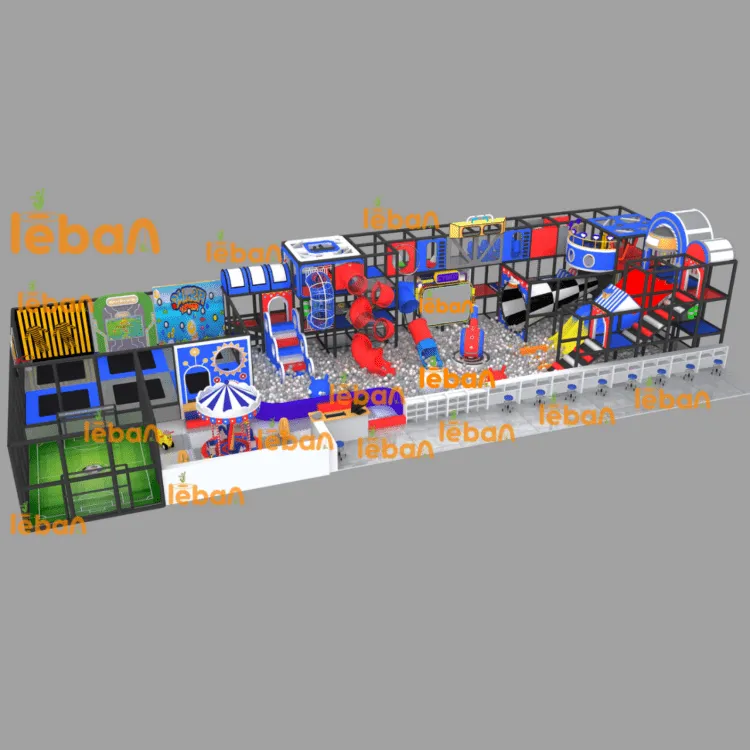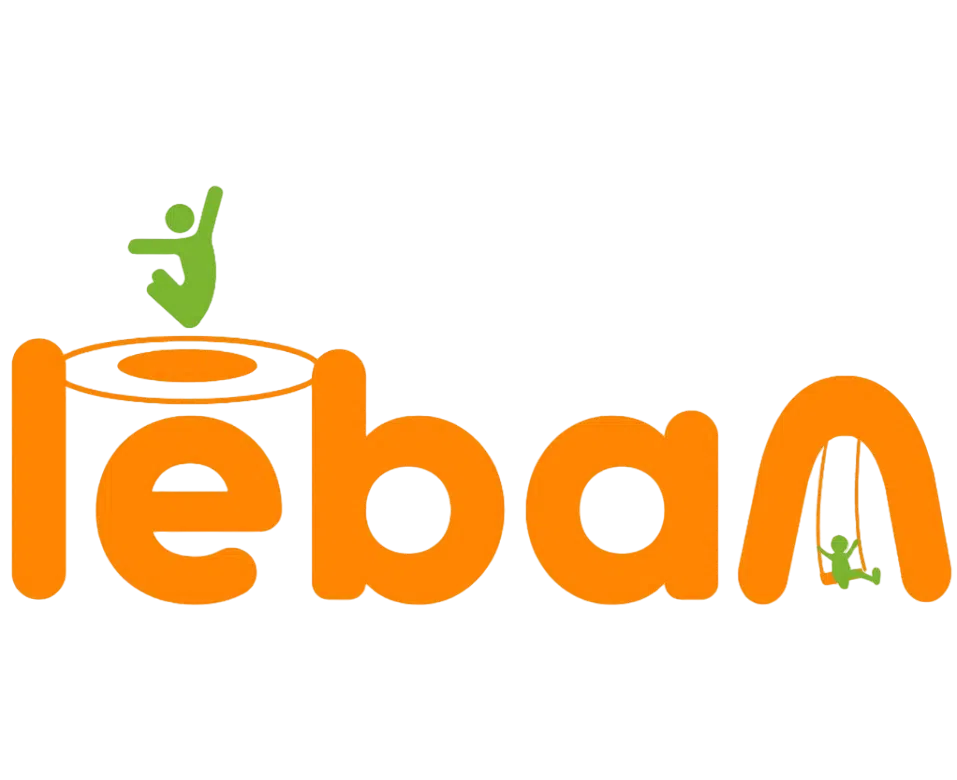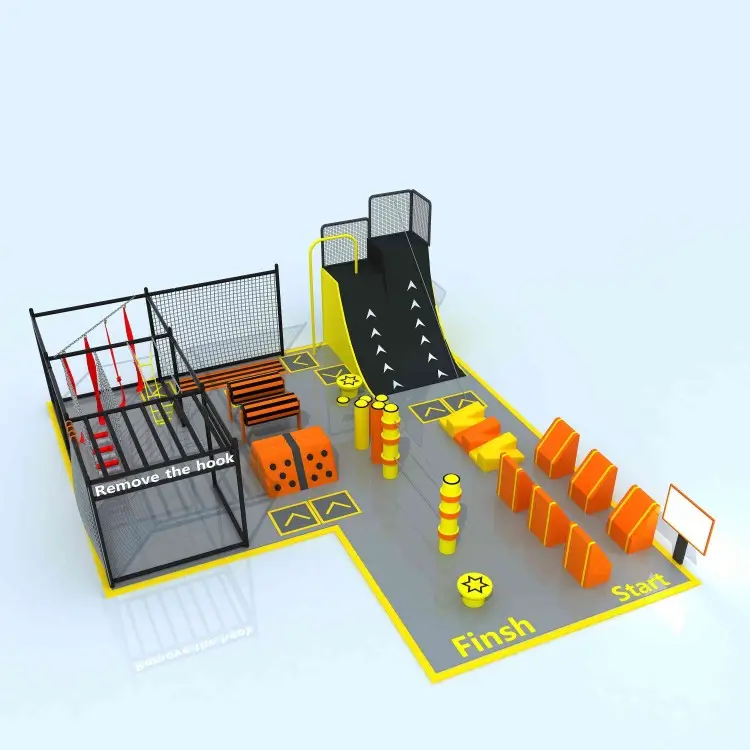Essential Guide to Creating the Perfect Bounce Experience
Setting up and maintaining an inflatable playground requires careful attention to detail and proper safety protocols. Whether you're a business owner, event planner, or someone looking to create unforgettable experiences for children, understanding the ins and outs of inflatable playground management is crucial. This comprehensive guide will walk you through everything you need to know about creating and maintaining a safe, fun, and long-lasting bouncing environment.
The inflatable playground industry has seen remarkable growth in recent years, with more families and organizations recognizing the value of these versatile play structures. From birthday parties to community events, these colorful attractions provide hours of entertainment while promoting physical activity and social interaction among children.
Initial Setup and Installation Fundamentals
Choosing the Perfect Location
The success of your inflatable playground starts with selecting an appropriate location. The area should be flat, clear of debris, and away from potential hazards like power lines or trees. Measure the space carefully, ensuring you have adequate clearance on all sides of the inflatable structure. For outdoor setups, consider drainage patterns and ground stability, particularly after rain.
Surface preparation is equally important. Remove any sharp objects, rocks, or sticks that could damage the inflatable's bottom. If setting up on grass, ensure it's dry and recently mowed. For concrete or asphalt surfaces, laying proper ground covering or padding is essential to protect both the equipment and users.
Equipment Assembly and Power Requirements
Before inflation begins, carefully inspect all components of your inflatable playground. Lay out the main structure, checking for any visible damage or wear. Position the blower units according to manufacturer specifications, typically allowing for proper air circulation and minimal noise impact on users.
Power management is crucial for safe operation. Use appropriate extension cords rated for outdoor use and ensure all electrical connections are protected from moisture. Consider having backup power sources or generators for outdoor events, and always follow local electrical codes and safety requirements.

Safety Protocols and Daily Operations
Essential Safety Guidelines
Implementing robust safety protocols is non-negotiable when operating an inflatable playground. Start by establishing clear age and size guidelines for different play areas. Post visible rules and ensure proper supervision ratios. Train staff on emergency procedures and proper monitoring techniques.
Weather monitoring becomes particularly important for outdoor setups. Develop clear policies for wind speeds, rain, and extreme temperatures. Many operators use weather apps and wind meters to make informed decisions about operation safety.
Supervision and Capacity Management
Proper supervision is key to preventing accidents and ensuring an enjoyable experience. Establish maximum capacity limits for each inflatable structure and enforce them consistently. Train supervisors to watch for rough play, inappropriate behavior, and potential safety risks.
Create organized entry and exit procedures to manage flow and prevent overcrowding. Consider using timed sessions during peak periods to ensure all guests have equal access while maintaining safe occupancy levels.
Maintenance and Care Procedures
Daily Cleaning and Inspection
Regular maintenance begins with daily cleaning and inspection routines. Before each use, thoroughly inspect the inflatable playground for any tears, loose seams, or worn areas. Clean surfaces with appropriate sanitizing solutions, paying special attention to high-touch areas and ensuring proper drying time.
Develop a comprehensive cleaning schedule that includes both spot cleaning throughout the day and deep cleaning at regular intervals. Document all cleaning procedures and maintain logs for quality control and liability protection.
Long-term Maintenance Strategies
Implementing a preventive maintenance program helps extend the life of your inflatable playground equipment. Regularly check and maintain blower units, ensuring filters are clean and motors are functioning properly. Inspect all seams, anchor points, and high-stress areas for signs of wear.
Store equipment properly when not in use, keeping it clean and dry to prevent mold and mildew. Consider seasonal maintenance schedules, with more thorough inspections and repairs during slower periods.
Troubleshooting Common Issues
Addressing Air Flow Problems
Air flow issues can significantly impact the performance of an inflatable playground. Learn to identify common problems like insufficient inflation, air leaks, or blower malfunctions. Regular testing of air pressure and monitoring of inflation levels helps catch issues early.
Keep basic repair supplies on hand for minor fixes, including patch kits and spare blower parts. Develop relationships with professional repair services for more significant issues, and maintain detailed maintenance records to track recurring problems.
Weather-Related Challenges
Weather can present various challenges for inflatable playground operations. Develop clear procedures for securing equipment during sudden weather changes, and train staff on rapid deflation protocols when necessary. Consider investing in weather protection accessories like tarps or temporary shelters for light rain situations.
Create specific guidelines for different weather conditions, including maximum wind speeds, temperature ranges, and precipitation levels. Having these policies in place helps ensure consistent decision-making and safer operations.
Frequently Asked Questions
How long does it take to set up an inflatable playground?
Setup time varies depending on the size and complexity of the inflatable playground, but typically takes between 15-30 minutes for standard units. This includes time for proper anchoring, inflation, and safety checks before operation.
What type of surface is best for an inflatable playground?
Level grass or soil surfaces are ideal for inflatable playgrounds, as they allow proper anchoring and provide natural shock absorption. Hard surfaces like concrete or asphalt can be used with appropriate padding or ground cover to ensure safety.
How often should inflatable playgrounds be cleaned?
Inflatable playgrounds should be cleaned daily with basic sanitization, while deep cleaning should occur weekly or bi-weekly depending on usage levels. Additional spot cleaning should be performed as needed throughout operational hours.
What wind speed is too high for safe operation?
Most manufacturers recommend ceasing operation when sustained winds reach 15-20 mph or when gusts exceed 25 mph. However, specific guidelines may vary based on the size and design of your inflatable playground equipment.

